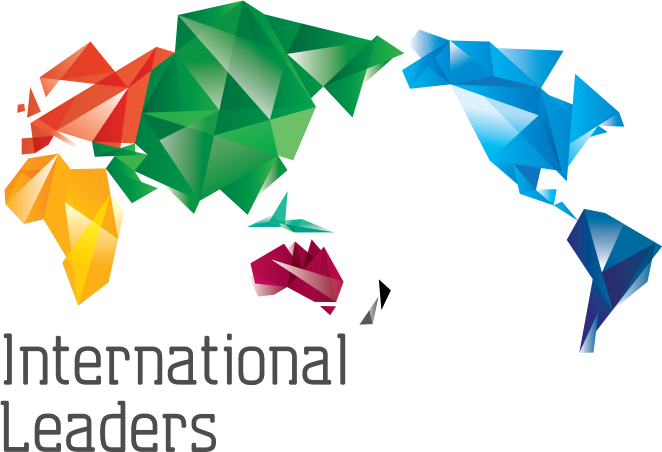Parallels Between Sumo and Intercultural Communication
By Rika Asaoka, Language and Culture

Sumo is Japan’s oldest professional sport. In Sumo, two well trained sumo wrestlers who weigh an average of 150 kilograms and wear nothing
but a mawashi bout, shove, push and grapple with their bare hands and try to throw and push each other out of the dohyo
(the circular ring). See https://www.highsnobiety.com/2015/09/03/sumo-wrestling-guide/
It doesn’t sound very appealing does it? But I love watching Sumo matches.
I just stepped back and thought about this sport from a non-Japanese perspective. It must appear ridiculously weird. Two overweight men wearing the bare minimum, bout against each other and try to push or throw their opponent out of the ring. No punching or kicking. And sometimes the match only lasts for a few seconds.
Sumo actually involves a long, complex mix of extreme discipline, training, ritual and tradition. Emotions are excluded from the match. However, while watching it on TV I was quite awed that this sport could be the simplest form of a genuine, honest bout between two parties. I thought that it would be great if people could adapt a similar process to have a discussion, a genuine bout, that is, communication based on an agreed process for an outcome.
The one pushed outside of the Sumo ring graciously accepts the outcome, bows in respect and quietly leaves the ring. There is no shout or outward display of emotions from both parties.
The outcome just remains.
Unsaid, unexplained rules and processes that have developed over the years based on values, beliefs and principles exist when people discuss to reach an agreement, and the set of rules and processes are extremely different across cultures.
The pitfall of discussion and conversation of people across cultures is that they do not check and confirm the expected process, assuming that everyone has the same way of discussing, participating in discussion and having conversation.
The set of rules differ depending on cultures: When to speak; How to agree; How to express disagreement; How to express agreement; How to express opinions; How to be engaged; How to reach a consensus, etc. The differences in the unsaid rules are underestimated.
Assuming that things are discussed in the way we are used to, creates confusion, misunderstanding, loss of face, mistrust, dissatisfaction and ineffectiveness among culturally diverse team members.
Communicating and having a genuine open exchange of thoughts and opinions, being enabled by the agreed process makes diversity work at its best and increases the chance of merging innovative ideas.
It is important that we review each other’s expectations and agree on the process of communication.
Things could be as simple as a bout between two Sumo wrestlers.
Maybe politicians have something to learn from Sumo wrestlers too.
While remembering my 85 years old mother in Japan, her eyes fixed on TV screen watching Sumo matches and munching on some rice crackers and drinking green tea, I was happily lost in thought.
Things can be quite simple in life.
Rika Asaoka from Language and Culture is a certified licensee and Oceania/Asia region representative of Intercultural Readiness Check (https://www.ibinet.online/) a powerful internationally recognised tool for improving intercultural effectiveness. She harmonises and unifies people in the workplace and communities.
For more information about the contents of this article, please contact Rika at rasaoka@languageandculture.com.au

